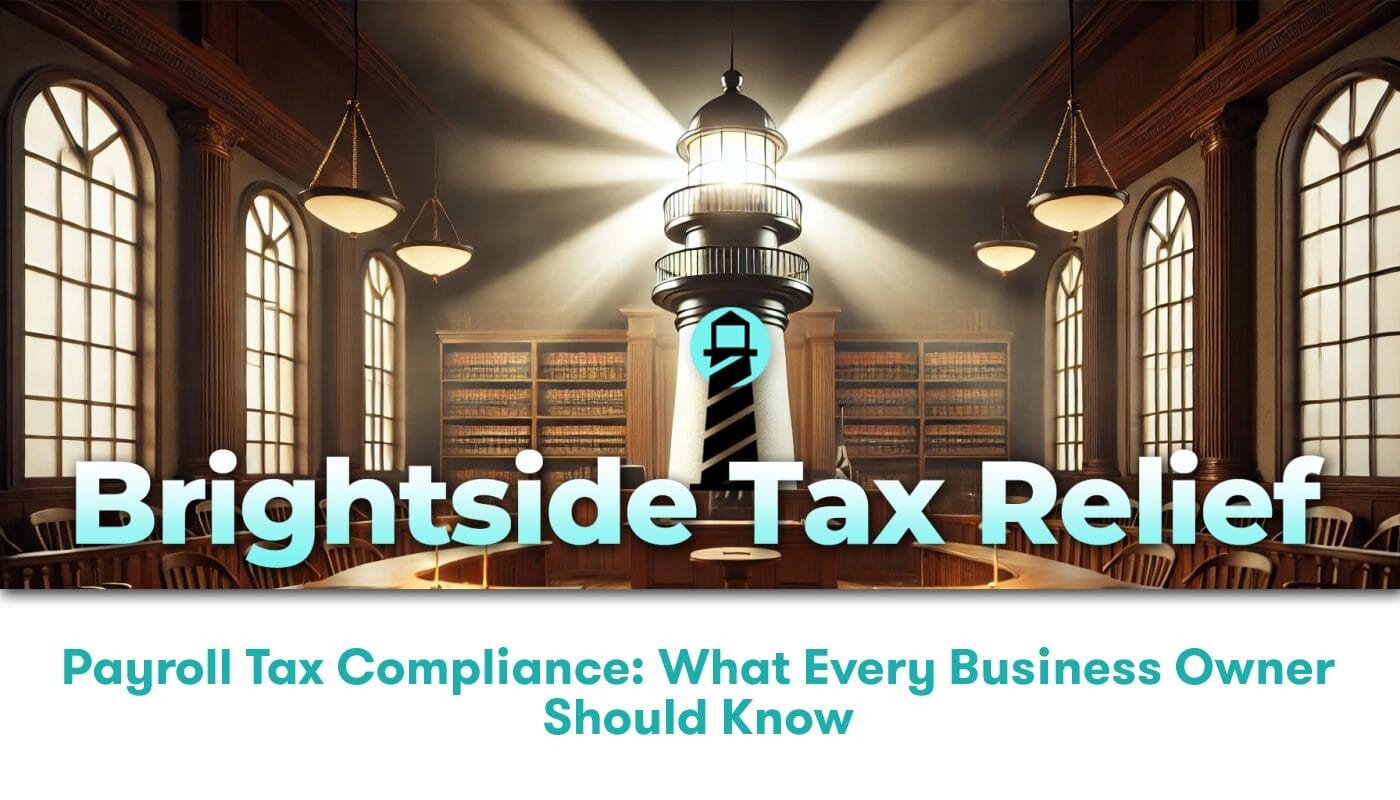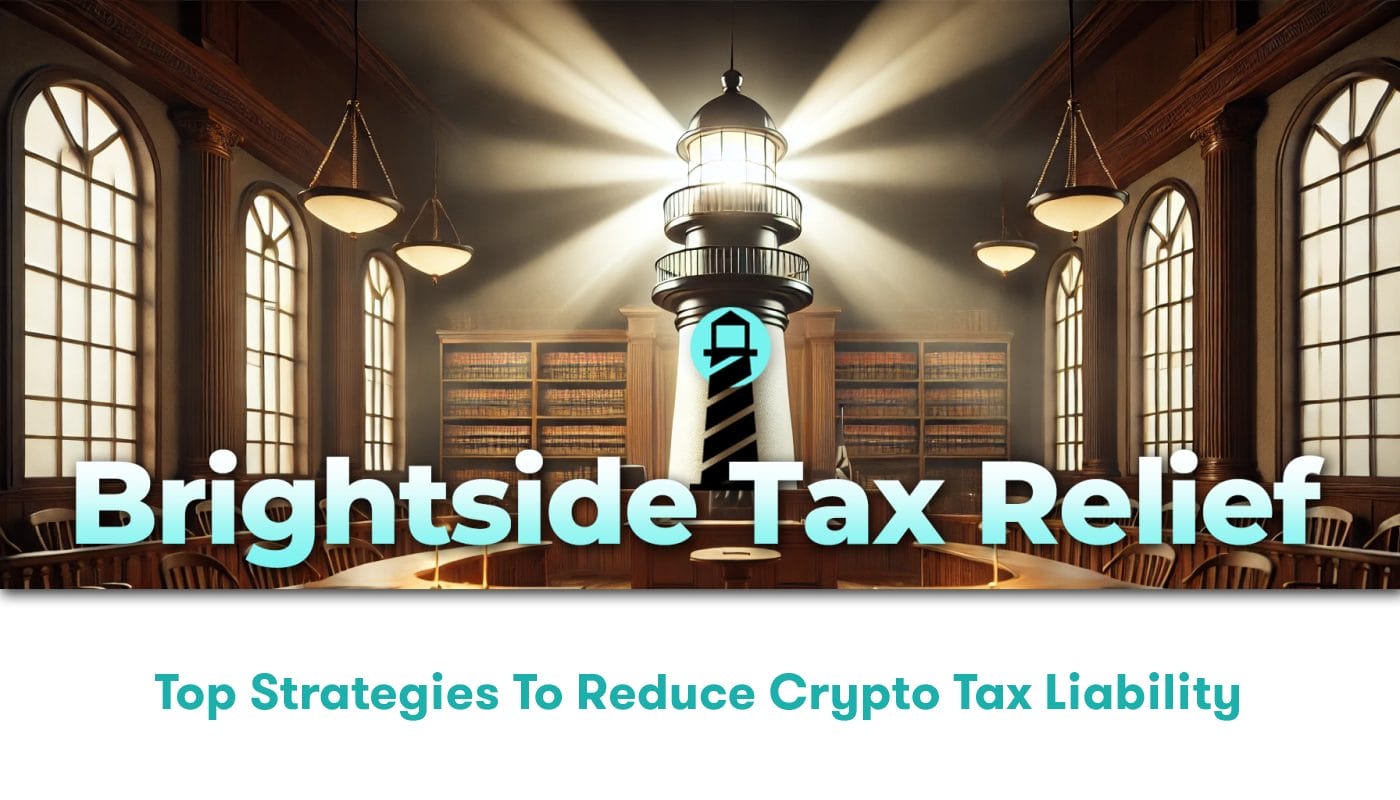Understanding the Concept of Self-Employment Tax
What comes to mind when you hear the phrase “Self-Employment Tax”? It may seem daunting, but fear not. The team at Brightside Tax Relief understands its ins and outs and is here to break down its fundamentals for you. A self-employment tax is a government levy primarily for individuals who work for themselves. It is similar to the tax withheld from the pay of most salaried workers, covering Social Security and Medicare.
Self-Employment Tax: Defined
The Internal Revenue Service, better known as the IRS, describes the self-employment tax as a combined tax consisting of Social Security and Medicare taxes. It plays a significant role when it comes to managing your finances as a self-employed individual. More so, it directly impacts the level of benefits you receive upon retirement. Self-employed individuals need to familiarize themselves with this tax as it differs significantly from the traditional tax setup workers are accustomed to.
Who is Considered Self-Employed?
Are you unsure whether you fall into the category of being self-employed? You are considered self-employed if you partake in a trade, business, or profession – either as a sole proprietor, independent contractor, or as a member of a partnership. This category also extends to those involved in part-time businesses.
How Self-Employment Tax is Calculated
Self-employment tax is computed based on your net earnings from self-employment. This generally represents your gross income from your trade or business, minus your allowable business deductions. You’ll need to calculate your self-employment tax and report it on Form 1040 or 1040-SR, Schedule SE.
Critical aspects to remember when calculating your self-employment tax include:
– The self-employment tax rate is 15.3%. This rate is broken into two parts: 12.4% for social security and 2.9% for Medicare.
– A cap is set for social security, meaning that only the first $142,800 of income in 2021 is subject to the 12.4% social security part of self-employment tax.
– There is no cap for the Medicare part of the tax. This part applies to all net earnings and has an additional 0.9% tax for earnings over a certain threshold for specific filing statuses.
Key Forms and Deadlines
Now that you understand the basics, it’s equally crucial to know the forms involved and the deadlines to observe. Primarily, self-employment taxes are reported using Schedule SE (Form 1040) or Schedule SE (Form 1040-NR). The form’s instructions provide a step-by-step guide on how to fill it out properly. You can find these forms and more information on the IRS Self-Employment Tax page.
In terms of deadlines, they occur throughout the year. Unlike traditional employees who have taxes withheld from their paychecks throughout the year, the self-employed are expected to pay estimated taxes quarterly. It’s imperative to stay organized and be aware of these deadlines to avoid penalties for late payments.
The Role of Brightside Tax Relief
Regardless of your profession, understanding taxes, especially for self-employed individuals, is essential. It can be a confusing process, but thankfully Brightside Tax Relief is here to help! We are experts in tax consultancy and will guide you through your tax journey, ensuring you understand your tax obligations, explore potential tax relief options, and stay on the right side of the IRS.
In conclusion, operating as a self-employed individual carries both unique advantages and responsibilities. Understanding the complex terminology, tax calculations, the relevant IRS forms, and tax deadlines is an essential part of successfully navigating the self-employment landscape. With the right knowledge base and the expert assistance of Brightside Tax Relief, you’re set to enjoy the professional and financial benefits of self-employment effectively and tax-efficiently. This is why it is so crucial to understand the basics of self-employment tax; it’s more than just a tax obligation, it’s a fundamental aspect of your financial journey as a self-employed professional.






